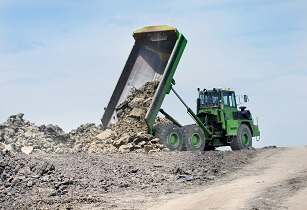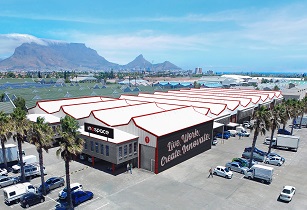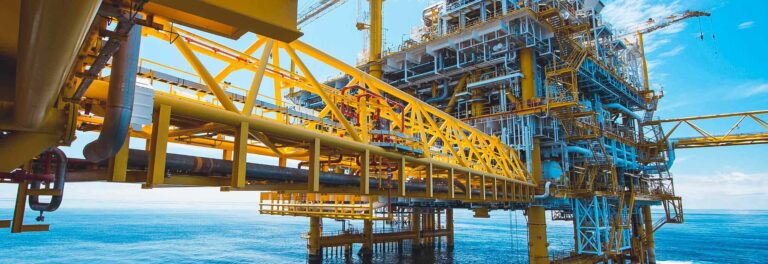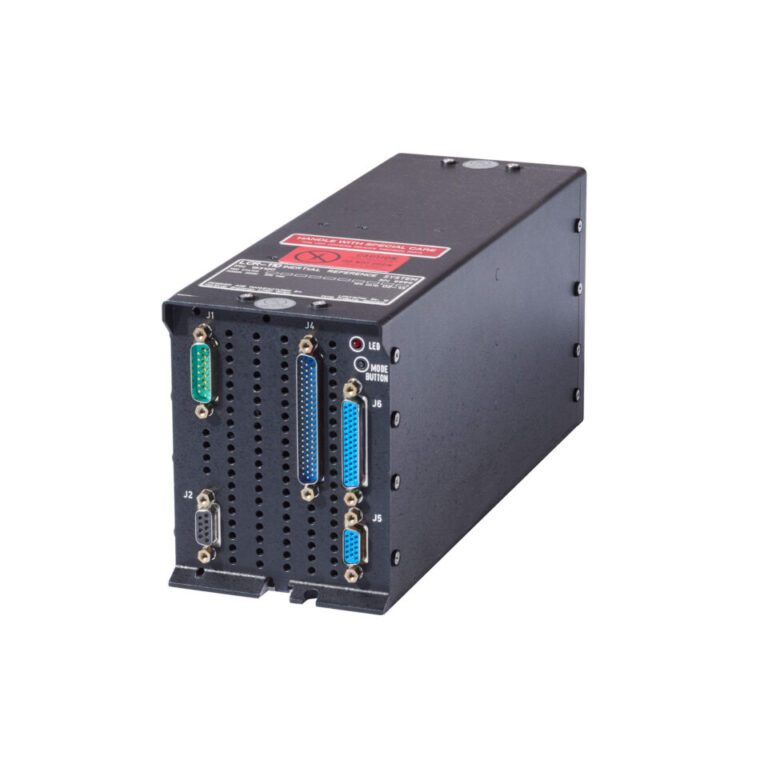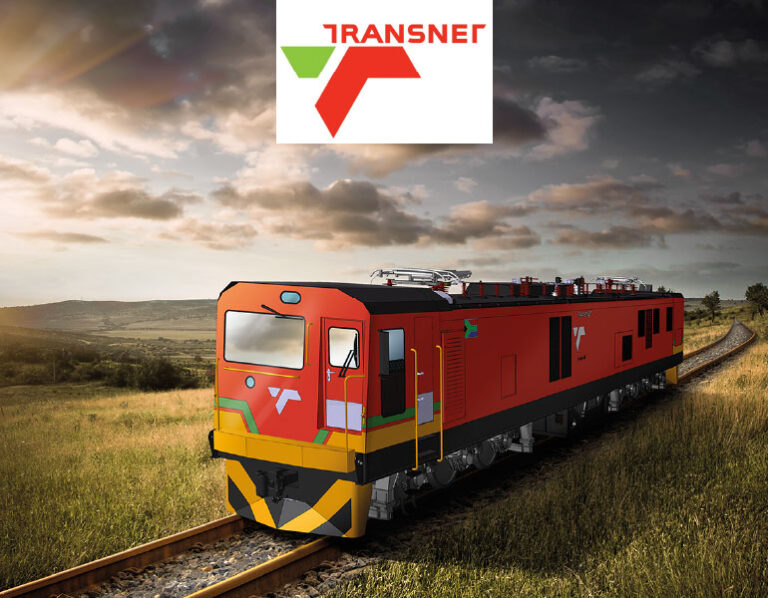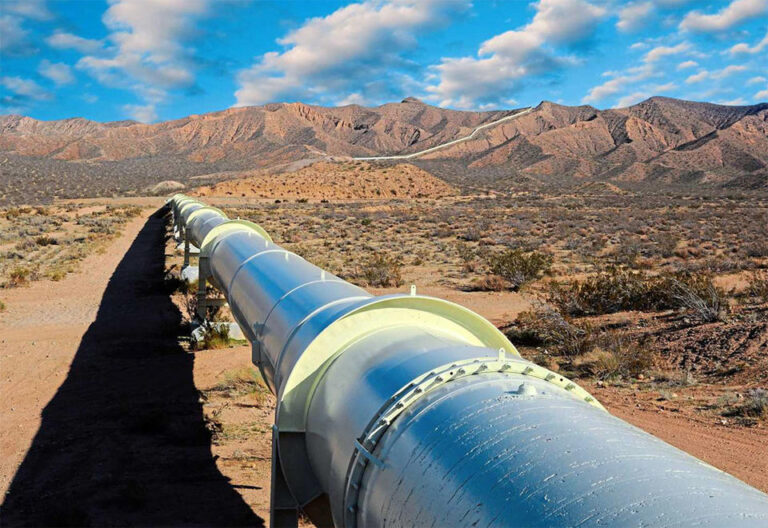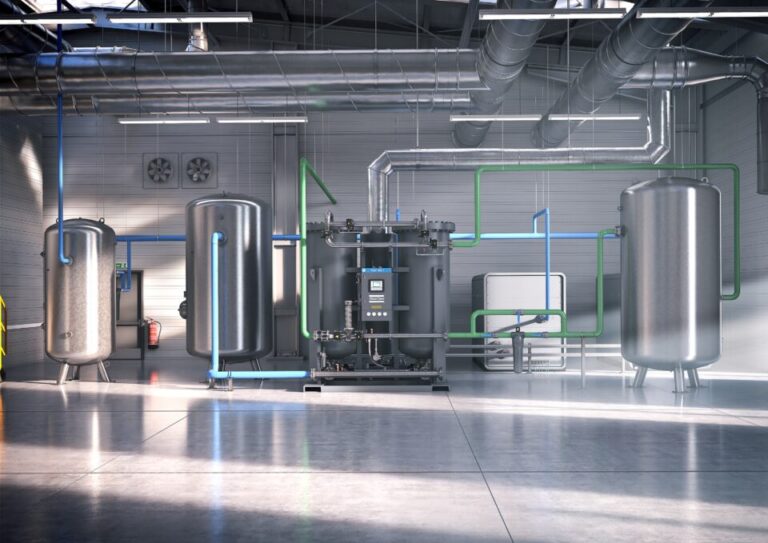Countless industries such as oil & gas, electronics and pharmaceuticals as well as applications including chemical manufacturing, food and beverage processing and packaging, laser cutting and wastewater treatment, rely on nitrogen as an integral part of the production process.
“As an essential requirement, the supply of nitrogen, which is rated fourth after gas, electricity and water, must be reliable and the gas purity must be both high and stable,” says Zandra van der Westhuizen, Business Line Manager for Atlas Copco Compressor Technique’s Industrial Air Division. “Atlas Copco’s range of nitrogen generators ticks both these boxes.”
“But to really see the true added value of on-site nitrogen generation, let’s draw a comparison between making use of a nitrogen generator versus buying or leasing cylinders of liquid nitrogen. First of all, bulky nitrogen containers require transport (CO² emissions), handling, storage and administration. The costs add up quickly. Additionally, moving heavy cylinders pose a safety risk to personnel. New orders have to be placed to ensure new supply before cylinders run dry. Stock shortages, supply and transport problems are all very real challenges which can disrupt production with costly outcomes.”
Onsite generation on the other hand, significantly reduces the cost per unit of nitrogen, removes the headache of logistics and the hazards of pressurised bottles or liquid gas in the workplace. “So when it comes to cost-effectiveness, efficiency, total cost of ownership, employee safety and environmental impact, onsite nitrogen generation presents a strong argument.”
The onsite installation of an Atlas Copco nitrogen generator offers complete peace of mind because it means that a plant will essentially never run out of nitrogen. These plug-and-play gas generators come ready to use with no costly installations. The nitrogen generator is a compact machine; its small environmental footprint and quiet operation allows for convenient installation on the production floor.
All that is required is a supply of compressed air so, by simply plugging the generator into an existing compressed air installation, the end-user will have an independent, reliable, secure and cost-effective 24/7 supply of nitrogen of the exact purity required. “Simply put, when nitrogen is needed, the customer switches on the generator and switches it off when supply is no longer required,” explains Van Der Westhuizen. Atlas Copco’s nitrogen generators can also help to shrink customers’ carbon footprint. By combining onsite nitrogen generation with energy recovery options on the compressors, customers can self-produce truly green nitrogen.
Atlas Copco’s onsite nitrogen generators can make use of either Pressure Swing Adsorption (PSA) or Membrane technology. PSA technology is the optimum solution for electronic, chemical and pharmaceutical industries that require high purity levels of up to 99.999% and flow – 1300 Nm³/h as our standard unit. “However Atlas Copco can offer higher flows through our Special Engineering solutions,” notes Van der Westhuizen. PSA generators consist of two connected towers that produce a near-continuous flow of nitrogen. Pressure Swing Adsorption separates nitrogen molecules from the oxygen molecules by trapping oxygen from the compressed air stream using adsorption. Adsorption takes place when molecules bind themselves to an adsorbent; in this case the oxygen molecules attach to a carbon molecular sieve.
Nitrogen generators using Membrane technology can achieve purity levels in the range of 95% – 99.5% (adjustable) and flow up to 500 Nm³/h which is ideal for use in fire prevention, plastic injection molding and food preservation applications. A Membrane nitrogen generator extracts the nitrogen in the air supplied by a compressor. The compressed air is pushed through a membrane filled with hollow fibers. Oxygen and water vapour dissipate through the fiber walls and are vented out, leaving only the very dry nitrogen inside the fibers, pushed out on the other end of the membrane, ready for use.
With both PSA and Membrane generators, the intake air is fundamental to ensure the purity of air from onsite nitrogen generation. The compressed air that flows into the nitrogen generator needs to be clean and dry. The temperature and pressure of the inlet air must also be controlled by installing an air dryer between the compressor and onsite nitrogen generator.
Atlas Copco incorporates over a century of experience and cutting-edge technology into the engineering of its on-site nitrogen generators. “Owing to our ongoing technical innovations, we offer a complete air solution that contributes to optimised production processes at the lowest possible operating and ownership costs with a rapid return on investment,” concludes Van der Westhuizen.

 Presently the tire is available in size 650/55 R 26.5. (Image source: BKT)
Presently the tire is available in size 650/55 R 26.5. (Image source: BKT)

